Codeswitching and the Language of Social Media
Recently, I spent a weekend seeing friends and family in San Diego. I have a very diverse group of loved ones down there from multiple cultures and age groups.
Without thinking, I was automatically switching from English to Spanish to Mandarin and back. In linguistics, they call this code-switching. Code-switching how those of us connect with other people, by using the language that they are most familiar with.
I started thinking about another type of language: digital and social media. In recent years, an entire lexicon of digital language, with its own jargon and rules, appeared before our eyes. It isn’t just the rise of new words like “tweeted” or the re-purposing of old ones, such as “liked,” either. Abbreviations like WTF, ICYMI, and IMHO have become commonplace and cultural phenomena like LOL cats have created a new class of digital literacy. It has moved so quickly that it has left many marketers behind.
What happens when you can’t connect with your audience?
We’ve all heard of major companies flopping when they’ve launched a product internationally because they’ve failed to take the local language and culture into consideration. We chuckle when politicians try so hard to fit in but the connections still feel forced. Yet, few marketers are taking those to task for failing to learn the language of social media.
In most social situations, certain practices are observed for etiquette. It’s OK to be awkward, to stumble while you learn (the internet is quite forgiving). But here are some tips to help you become more graceful, more quickly:
-
Transparency: When maintaining a digital presence, it’s more important than ever to have a level of transparency and authenticity. You should admit/acknowledge mistakes or shortcomings, be truthful in crisis or controversy. People can see right through your barriers.
The site where I find the most puffery? Linkedin. The first rule of Linkedin: don’t claim to have sites which you do not posses. I see people who claim to be social media experts asking basic questions such as getting a custom Facebook URL or posting inaccurate information in Groups.
-
Search First: You’ve often heard: think before you speak. In the digital world, it’s search before you type. Whether you are blogging, posting in an online classroom, or a fact, make sure it’s right first. Bad information spreads like crazy online and it makes you look lazy or ignorant when you contribute to it. But at least it keeps Snopes in business.
-
Always Listen: Before you use any social media site or tool, spend some time listening first. See what others do, observe how they type, and see what kind of content resonates with your audience. Don’t just assume that you know what your readers want. I always say, social media is a two conversation: treat it like a telephone, not a megaphone. People want engaging content, not a sales brochure.
-
Use Their Language: In my case, people felt more at ease when I used their language (even if I stumbled a bit or asked for some help). It’s the same with the internet: if you respect others’ language and norms, they’ll find it much more endearing. Sometimes the best way to learn a language is just being immersed by it, so just start practicing.
-
Never Stop Learning: Languages change and adapt. Digital language moves even more quickly, so stay up to date by subscribing to blogs (like this one, hint hint), watching Twitter streams, and networking with others. If you think terms like “YOLO” “Tweeple” or “Ninja” are hot, you need to think again.
I love the study of linguistics. It’s fascinating to think of the many ways that entire communities connect with one another. In the world of marketing, building connections is what we do. So it’s more important than ever to fine tune those skills and learn a new language.

